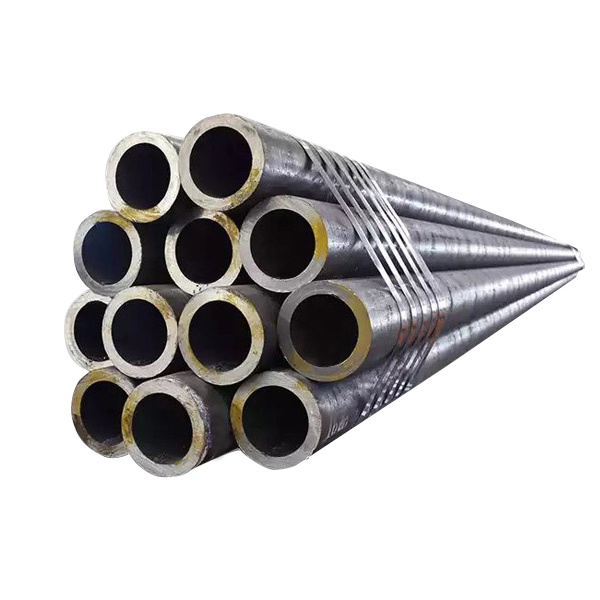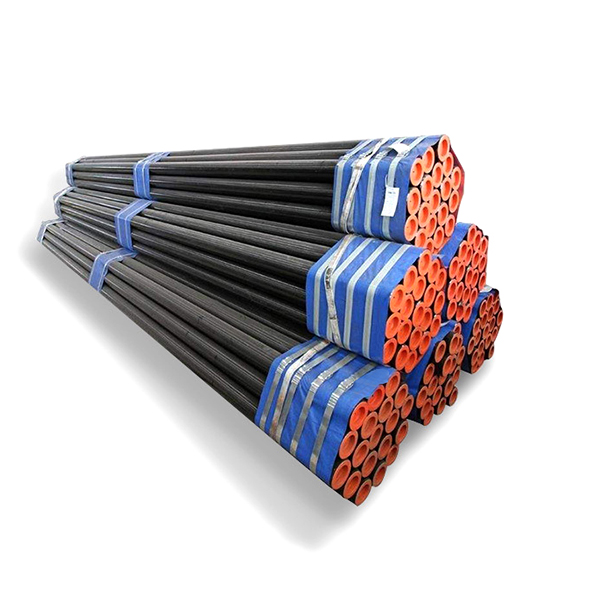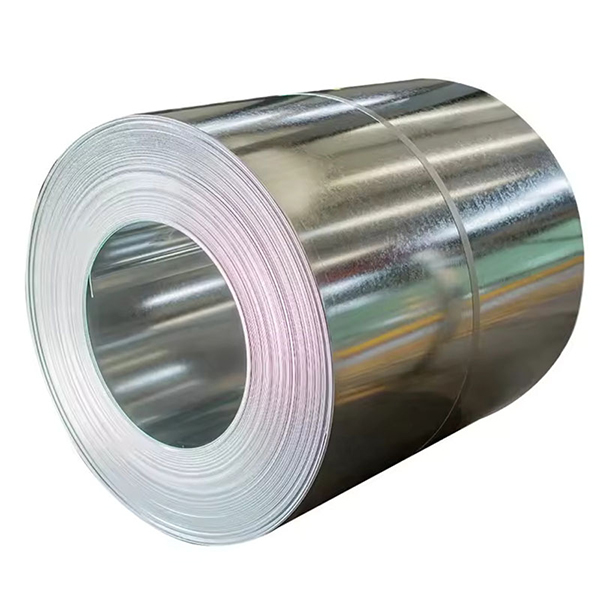The wide application of brass in modern industry
The basic properties and classification of brass
Brass, an alloy composed of copper and zinc, has been highly favored since ancient times due to its unique physical and chemical properties. In modern industry, brass, with its diverse applications, excellent processing performance and environmental friendliness, has become one of the indispensable materials. Brass is widely used in various industrial fields.
Brass is mainly composed of copper and zinc. The zinc content usually ranges from 10% to 45%. Depending on the zinc content, brass can be classified as ordinary brass and special brass. Ordinary brass has good processing properties and corrosion resistance, while special brass obtains specific properties, such as higher strength or better wear resistance, by adding other alloy elements, such as lead, tin, and aluminum.
The processing and manufacturing procedures of brass
The processing and manufacturing procedures of brass include casting, forging, extrusion and drawing. These processes enable brass to meet various complex shape and performance requirements. During the casting process, brass is heated to a liquid state and then poured into a mold to cool and solidify. Forging involves changing the shape and size of brass by applying pressure. Extrusion and drawing are achieved through mechanical force to shape and size the brass into the desired form and dimensions.
The application of brass in modern industry
Brass plays a significant role in the electrical industry due to its excellent electrical conductivity and corrosion resistance. It is often used to manufacture wires, cables and connectors, ensuring the stable transmission of current. Additionally, brass is also used to make electrical switches, sockets and other components. Its oxidation resistance ensures the reliability and safety of these components during long-term use.
In water treatment and pipeline systems, brass is highly regarded for its corrosion resistance, high strength, and excellent processing properties. It is commonly used to manufacture faucets, valves, and pipes, effectively resisting the erosion of scale, corrosion, and microorganisms.
In the construction and decoration industry, it is often used to make door handles, lamps, sculptures, and furniture and other decorative items. Its diverse shapes and sizes meet the needs of different styles and functions.
In the automotive parts and mechanical manufacturing industries, the wear resistance and high strength of brass make it an ideal material for bearings, gears and transmission systems. Moreover, brass is also used to manufacture components of automotive radiators, cooling systems and braking systems. Its excellent thermal conductivity and corrosion resistance ensure the stable operation of these systems.
As a recyclable metal material, brass is in line with the concept of sustainable development. By recycling brass waste, it is possible to reduce reliance on primary resources, lower energy consumption and minimize environmental pollution. Additionally, brass complies with green building standards, providing strong support for environmentally friendly buildings and sustainable development.
Bronze has a wide range of applications and an irreplaceable position in modern industry. From the electrical industry to water treatment and pipeline systems, from the construction and decoration industry to automotive parts and mechanical manufacturing, bronze has demonstrated its outstanding performance and diverse application prospects. In the future, with the advancement of technology and the enhancement of environmental awareness, bronze materials will be innovatively applied in more fields, making greater contributions to the development of human society.





